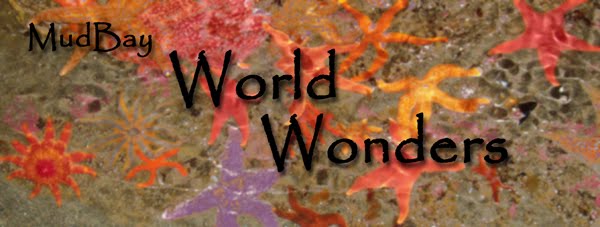Have you ever wondered what could happen if... a textile manufacturer, a native artistic heritage sponsor, a researcher, dozens of spider wranglers, and weaving technicians and artisans all joined forces in Madagascar for four years... with more than a million spiders... all in order to create a unique textile? Can you imagine even imagining such a feat?
Simon Peers and Nicholas Godlay and their dedicated team recently created such a textile. After a bit of dreaming, more than a bit of research, and help and enthusiasm from friends and colleagues, Godley and Peers joined forces to begin the massive but painstaking mission of creating a unique textile, fabricated entirely from golden orb spider silk!
Collecting spider silk, as you might imagine, is a complicated task... requiring foremost the collection of.... (shudder!)... spiders! Before dawn each morning, 70 to 80 brave spider wranglers gleaned the town and countryside, collecting up to 3,000 of the large spiders with the aid of long, bamboo poles. The spiders were carefully boxed and transported to the spinning room, where they were gently restrained and milked in groups of 24 spiders at a time. Each spider produced up to several hundred yards of saffron-hued silk during the five to ten minute milking session, after which she was returned to her box for same-day release back into the wild.
Immediately after milking each group of spiders, the 24 resultant strands were twisted together and wound onto a bobbin. Four of the 24-strand fibers were later twisted together to create a single textile thread. Collecting enough spider silk to begin weaving took nearly three years.
Golden Orb Spider Facts:
- Only the female spider spins a web, and she only does so during the rainy season.
- This species of spider is renowned for its huge, lustrous golden webs, which are often strung between telephone and electrical wires.
- Unlike silkworms, the spiders cannot be raised in captivity due to their cannibalistic nature; and also unlike silkworms, they bite!
- Female adult spiders can reach the size of a small adult human hand.
- It takes about a week for the spider to regenerate her store of silk.
Amazing Project Numbers:
- Only 24 spiders were milked at a time, each gently restrained individually in the antique "silker" machine replica.
- Each strand of thread is composed of 96 individual filaments of spider silk.
- 995,000 strands of silk were used in this textile.
- It takes 14,000 spiders to produce one ounce of spider silk.
- 1,063,000 spiders were individually milked for this project.
- The unique textile measures 11 feet by 4 feet in size.
- The textile took 4 years and hundreds of thousands of man-hours to produce, requiring daily efforts of 70 spider handlers and 12 milking technicians.
Tapestry Info:
- The lustrous, golden color of the tapestry is the spider silk's natural color.
- Spider silk is stronger than steel by weight, three times stronger than Kevlar, 80 times thinner than a human hair, and it's elasticity enables it to stretch up to 40 times its resting strength without breaking.
- The thread never broke during the weaving process.
- The tapestry is slightly sticky and as soft as cashmere.
- The entire hand-woven textile weighs just over two and a half pounds.
- The elaborate geometric, floral and bird brocade design is based on antique designs reserved for Madagascar royalty.
- The taut threads during weaving sounded like the pinging of metallic guitar strings.
- The tapestry is the only known example of a textile made entirely of spider silk.
The Spider's Unique Secret:
During silk production, an amazing transformation takes place within the spider's body - the silk begins as liquid protein produced by gland in the spider's abdomen, then through their spinnerets spiders apply a physical force to rearrange the protein's molecular structure and turn it into solid silk. So far, the complete details of the process remain remain the spiders' alone, although scientists continue to attempt to replicate the spiders' unique creation. (For information regarding current experiments to manufacture spider silk proteins, click here.)












Isn't that one of the most beautiful colors you've ever seen? Gorgeous!
ReplyDelete